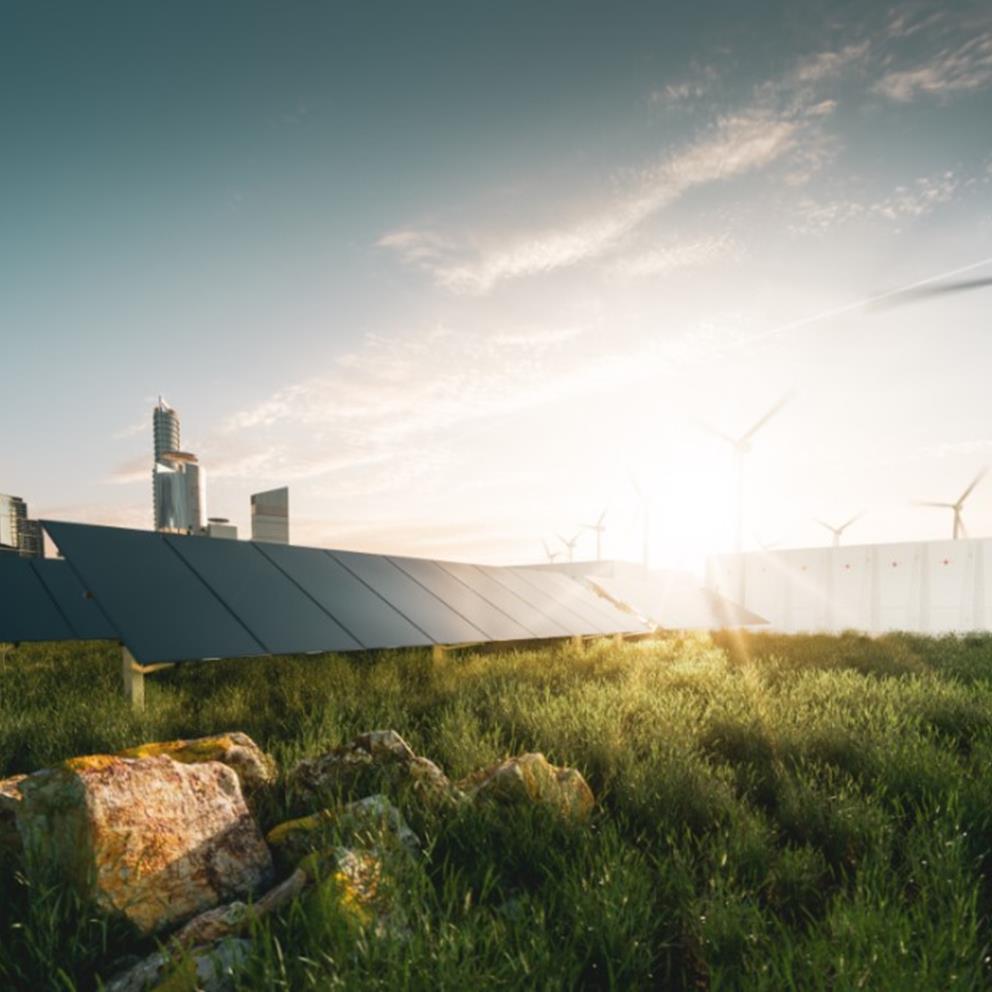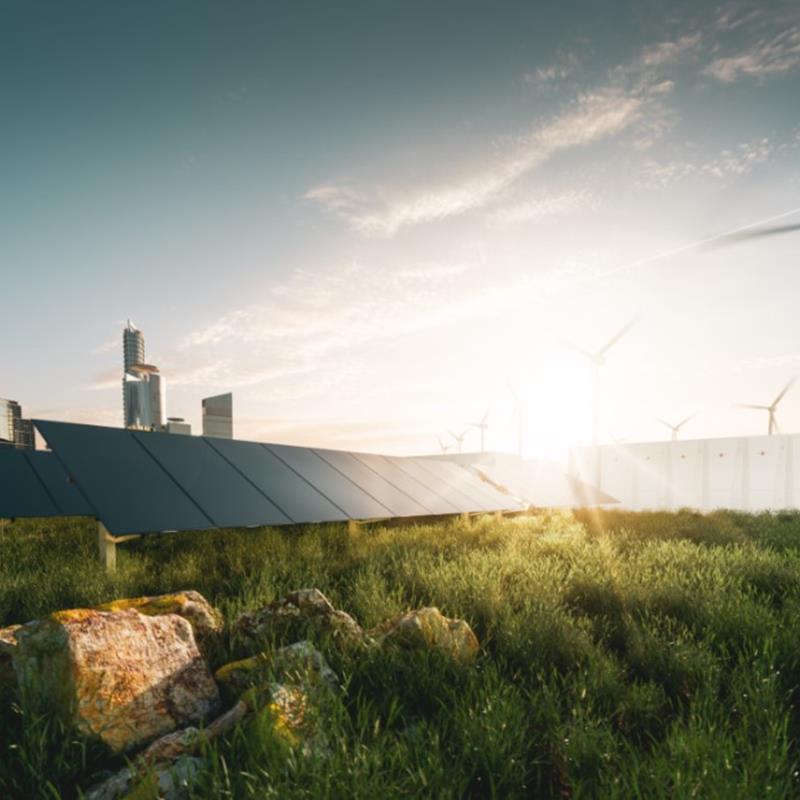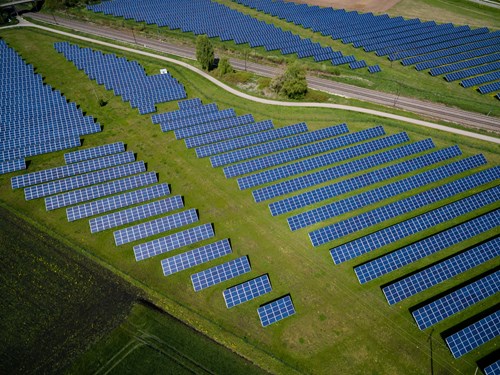

Energy Transition - How has Russia’s invasion of Ukraine impacted our transition to clean energy?
As the world struggled to adjust to the harsh new reality of Russia’s invasion of Ukraine, the most recent report from the Intergovernmental Panel on Climate Change (IPCC) slipped out almost unnoticed in April 2022. The report contained further stark warnings that the path which the world is on is unsustainable. To avoid global temperatures increasing by greater than 1.5 degrees C above preindustrial levels, the world needs to halve its emissions this decade. Our shift from traditional to renewables will play a crucial role in achieving this, however the invasion of Ukraine has had a profound effect on global energy markets. Price volatility, supply shortages, security issues and economic uncertainty have contributed to what Faith Birol, the head of the International Energy Agency, described as “the first global energy crisis”.
The shockwaves of the European energy crunch have reverberated across the globe and politicians have been scrambling to shield consumers and businesses from the impact of substantially higher gas and electric bills. Additionally, they have been searching for ways to ensure adequate gas supply for critical functions and as a result, in the short term at least, all options are on the table.
Higher energy costs have resulted in increasing prices of goods and services that impact consumers and businesses. This can be seen clearly in the renewable energy sector where the rising cost of raw materials has been a headwind for these businesses. The tools we need to get to our low carbon future like solar panels, heat pumps and wind turbines are in huge demand as we face this energy crisis. Unfortunately, the costs and availability of key materials required to make these items have had a negative impact on businesses along the energy value chain. Russia is a big exporter of many materials crucial in their production processes which caused supply chain shortages leading to huge jumps in price. For example, aluminium and nickel, which are used in electrical vehicles and solar panel frames, have become significantly more expensive over the past year.

While renewable energy capacity is built, and investment made into storage and grids, it is clear that traditional energy sources like coal and oil are required in the short to medium term. Traditional energy companies continue to have a vital role to play in the energy transition. These companies often have the advantage of scale to implement new technologies in an impactful manner as well as the experienced management teams required to steer a business through the transition journey. Oil and gas companies have demonstrated a meaningful shift towards capital discipline, which has resulted in lower levels of reinvestment, lower levels of debt and a return of free cash to shareholders. In addition, despite strong 2022 performance, energy equities have attractive valuations. Companies that can ride the wave of change will thrive far more than those who paddle against it, embracing the energy transition will allow these businesses to remain successful in the long term.
Although these measures mean extending use of less favourable energy sources, this should not be interpreted to mean that the energy transition has been side-lined. In fact, many believe that decarbonising and electrifying energy could be a way to end energy reliance on Russia. The goal of net zero has not changed and this crisis has created an additional catalyst to move to a future free of fossil fuels potentially at a more accelerated pace.
Another result of the conflict is the focus on energy security. Having a varied source of energy is the core of energy security policies which could also increase adoption of renewable energy as countries diversify their energy mix and become less reliant on certain sources. The war in Ukraine has caused governments to review their policies supporting the shift to clean energy. Most notably, the US has introduced the Inflation Reduction Act which has helped push renewable projects forward. The Inflation Reduction Act includes measures to support the clean energy industry and includes financing for various wind, solar and tidal projects. It also includes significant support for nuclear power and a strong focus on domestic production and jobs. Its aim is to reduce emissions by 40% by 2030 while building an energy system that should eventually provide lower cost energy over the long run.
We believe that the energy challenges facing world economies today create substantial opportunities for investors due to the resulting heightened urgency to encourage renewables adoption. There are a vast number of opportunities all along the energy value chain including transitioning traditional players and renewable energy producers.
The world’s energy problems did not start with Russia’s invasion of Ukraine, but the subsequent energy crisis created several significant changes to the energy sector and highlighted areas that need investment. While some of the effects of the conflict will be temporary short-term fixes, some will be long lasting changes and will reshape the energy sector forever. It is a positive that the net zero targets and goals set out by the IPCC align closely with the energy security and diversification plans of many countries. These actions will help push the world to address climate change, which will benefit both investors in this space and the world’s population.


